South Australian electricity transmission specialist ElectraNet has undertaken a high-level assessment to identify the potential of locations near land it controls as future sites for grid-scale battery energy storage systems (BESS).
ElectraNet Corporate Development Manager Luke Ballantine said battery energy storage systems are critical to meeting the future needs of South Australia’s demand.
“This assessment supports an efficient and collaborative approach to developing BESS in the network and we encourage BESS proponents to contact us to discuss how locations may support project development.”
Land availability and suitability were two key factors in identifying suitable sites along with the ability for a grid-scale BESS to be built and connected to ElectraNet’s high voltage electricity transmission network.
This included if a site had or was identified for a future substation to support a more efficient project development network connection process and are strategically located in parts of the state that have the capacity to minimise network constraints for a BESS.
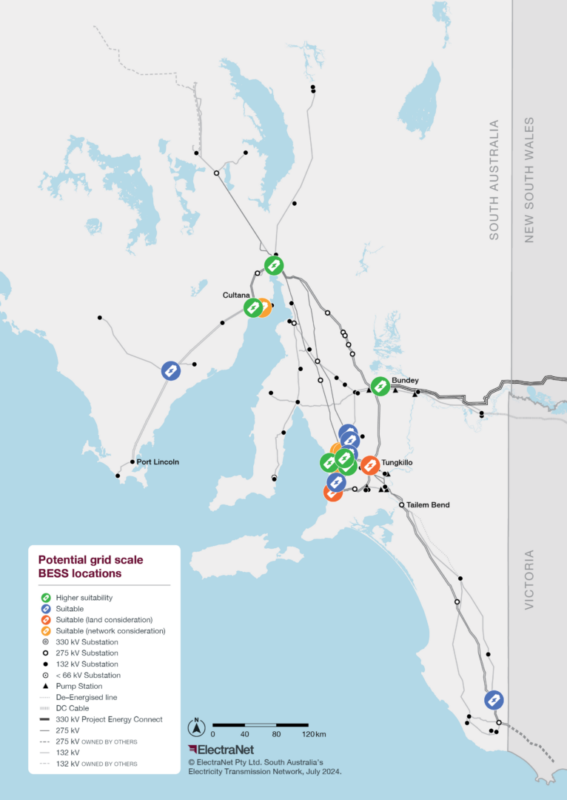
ElectraNet
Of 17 sites assessed, six showed high suitability at Yatala Vale, Osborne, substations at Para, Bundy and Davenport and the Whyalla Terminal, with a further six deemed suitable, and the remainder having land or network considerations.
The company believes it is the first assessment of its kind and said their approach was similar to renewable energy zone (REZ)s and other state government initiatives for unlocking mining and exploration release areas and more recently, hydrogen development in South Australia.
They feel the strategy is very sound given the Australian Market Energy Operator (AEMO) identified in its 2024 Integrated System Plan (ISP) the need for 49 GW / 646 GWh of dispatchable energy storage by 2050.
“This assessment will provide critical information about the network to BESS proponents, and promote a more efficient project development approach,” the company said.
ElectraNet’s corporate vision is energising South Australia’s clean energy future in support of Australia’s transition to 100% net renewables and while approvals for development at potential BESS sites identified by the assessment are not a certainty, the list is non-exhaustive and other alternatives are likely available.
This content is protected by copyright and may not be reused. If you want to cooperate with us and would like to reuse some of our content, please contact: editors@pv-magazine.com.
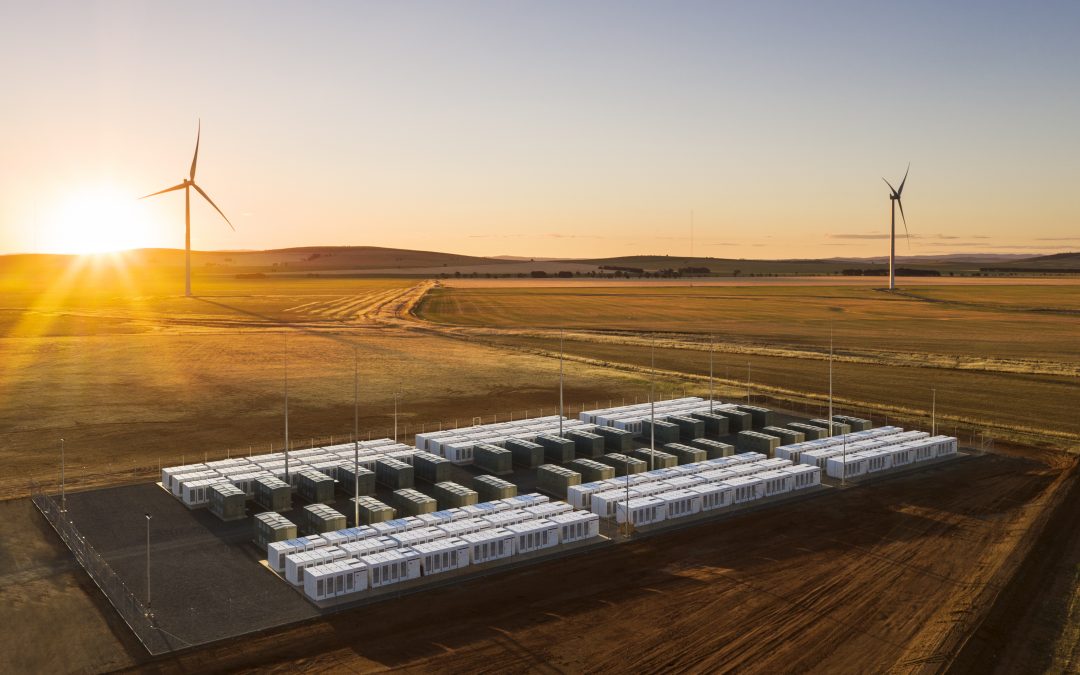
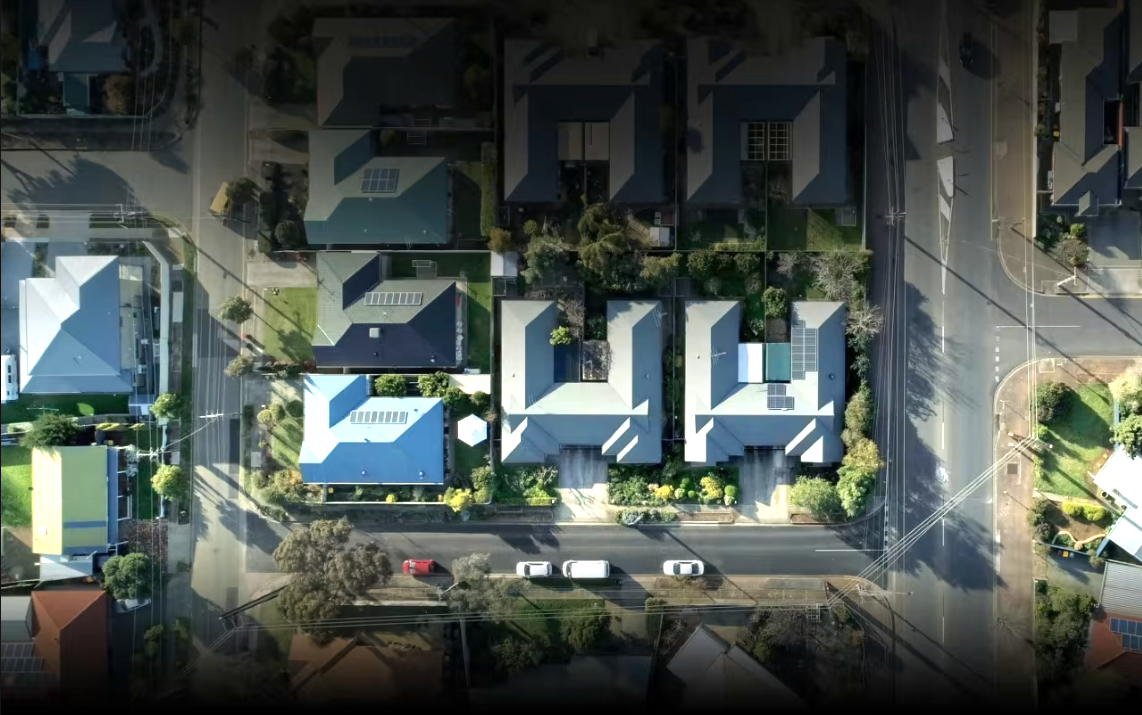

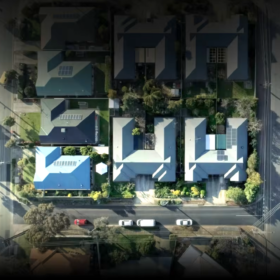
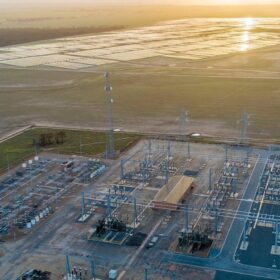
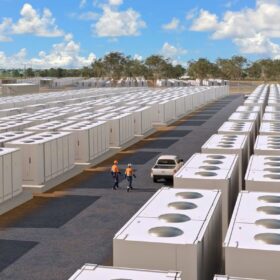
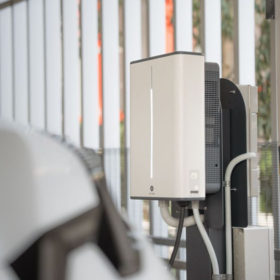
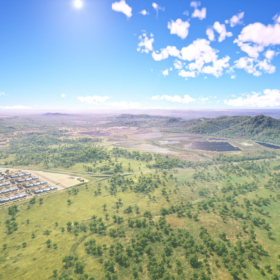
3 comments
By submitting this form you agree to pv magazine using your data for the purposes of publishing your comment.
Your personal data will only be disclosed or otherwise transmitted to third parties for the purposes of spam filtering or if this is necessary for technical maintenance of the website. Any other transfer to third parties will not take place unless this is justified on the basis of applicable data protection regulations or if pv magazine is legally obliged to do so.
You may revoke this consent at any time with effect for the future, in which case your personal data will be deleted immediately. Otherwise, your data will be deleted if pv magazine has processed your request or the purpose of data storage is fulfilled.
Further information on data privacy can be found in our Data Protection Policy.